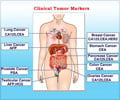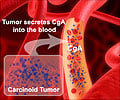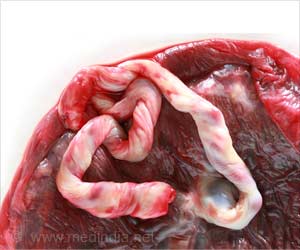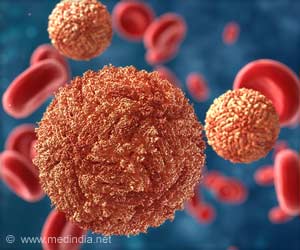Researchers at Michigan State University have found that Retinoblastoma tumor suppressor proteins are at their most effective just before they are destroyed.
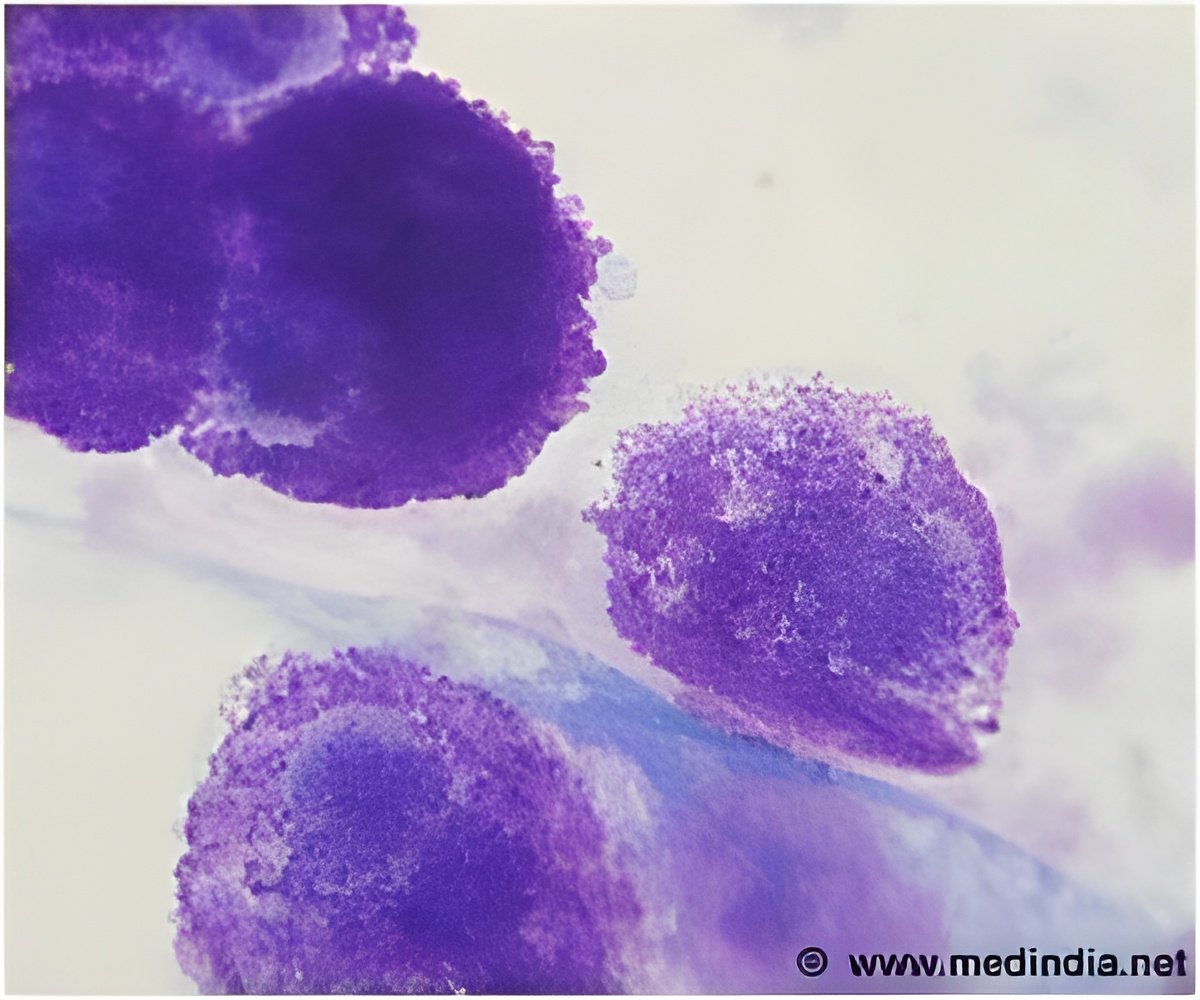
"This is an unusual way for proteins to act," Zhang said.
As an organism grows, proteins essential for fuelling its prosperity typically toe a tight line, performing their jobs at the right place and time. If these proteins go rogue, disasters such as cancer can result.
Retinoblastoma proteins, which could be labelled as rebellious -as opposed to rogue, perform acts of valour rather than destruction. And just like fireworks, they save their best work for the finale.
Proteins' lifecycles end with degradation, and like most living things they become weaker and less efficient at their jobs near the end of their lives. For Retinoblastoma proteins, however, their destruction is linked to their ability to efficiently control excessive cell growth.
Using the fruit fly Drosophila, MSU researchers isolated the specific region that controls the protein's ability to degrade. Strikingly, this is the same region the protein uses to hit its stride and exert its full power to suppress genes related to unrestrained cell growth.
Advertisement
Identifying this mechanism in fruit flies could be beneficial to humans. David Arnosti, MSU biochemist and director of MSU's Gene Expression in Disease Development initiative, noted the genetic similarities between humans and Drosophila, describing fruit flies as "resembling little people with wings."
Advertisement
The study has been published in the Journal of Biological Chemistry.
Source-ANI

